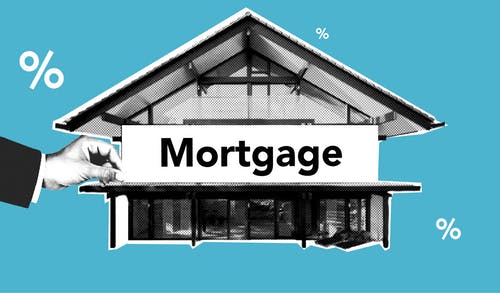If you are currently house hunting, no doubt the joy of shopping around for where you want to live, imagining what you are doing in that kitchen, or the paper you would put on that wall, is constantly marred by the thought of “Can I afford this?” Read about Mortgage Borrowing Power-
There are a privileged few of us that don’t have that thought on our mind constantly, however there are ways to quieten the voice when you are looking at houses. Your mortgage will determine what house you can afford, so boosting your mortgage borrowing power should allow you to gain a more valuable home, one that you can actually see yourself in.
If you are looking to boost your mortgage borrowing power, follow our guide to make sure you are getting the best deal.
Come in armed with your additional income
In this time of rising house prices, your lender needs to be sure that you can afford your new home, so that they are not left out of pocket if you don’t pay up. So, to assure them that you can afford a bigger loan, you have to show them any and all income you have.
You don’t need to storm your boss’s office for a higher salary just yet, although if you think it would work, go for it. No, income can come from additional places you might not have even considered, like dividends from investments or profits from rental properties. Show the bank your alimony and child support, your social security income, or any money you’ve earned from a part-time job or a side business. However, remember that, for the latter, you will have had to be making steady income from it for more than the last two years.
You can also ask for a bigger loan if you have additional assets in the bank, or elsewhere. Even if you have been told you don’t need cash reserves to qualify for your loan, it will prove that you can handle any unexpected expenses that might pop up without stalling on your mortgage payments. It’s extra backing to ensure your lender that you won’t stop paying, but you can also put it towards your down payment.
Pay more upfront
When you are shopping around for loans, consider how much of an up-front deposit you can afford. The higher you go on that figure, the smaller the future figures will be, because you will now qualify for lower mortgage rates.
Plus, if you forgo the PMI or Private Mortgage Insurance, you will get a bigger loan, but that will require a down payment of at least 20%. A PMI is designed to protect the lender if you were to stop paying your loan for some reason, but it won’t be necessary with a certain amount of down payment: namely, 20%. Without this down payment, your PMI will be folded into the monthly cost of your mortgage. Plus, if you pay more than the 20% you will gain a lower rate of interest and monthly payments will be made easier.
If you are an expat looking to gain a mortgage abroad, you can look into a Singapore housing loan, which can be very reasonable for the area.
Wipe away the debt
The first thing your lender is going to look at is your DTI, or Debt to Income, ratio. This is the monthly payments you have to put aside for the minimum repayments on your debt. Lenders typically tend to prefer less than 36% on your DTI, but some are willing to go higher. If you have a lot of debt clogging up your accounts, your lender will find it and will hinder your borrowing power because of it.
However, chances are they will feel a lot more comfortable lending to you if you entirely purge your debt, knowing you then don’t have other priorities before paying your mortgage.
If you have the money there, from assets or additional income, it would be best for you to wipe away your debt. You can also reduce your debt with a balance transfer card or refinance a vehicle loan to lower your payments.
Add a co-borrower
This has probably already occurred to you, but you can always split the mortgage with a co-borrower. This can go a long way to convincing a lender that you deserve a bigger loan, since there will be two incomes covering the mortgage payments, increasing the total income your lender will input to determine the size of your loan.
However, this isn’t just a signature on a piece of paper. Your co-borrower will be splitting the finances and have their name on the house, splitting the responsibilities of paying off the house. This can be a spouse, domestic partner, friend, or relative.





